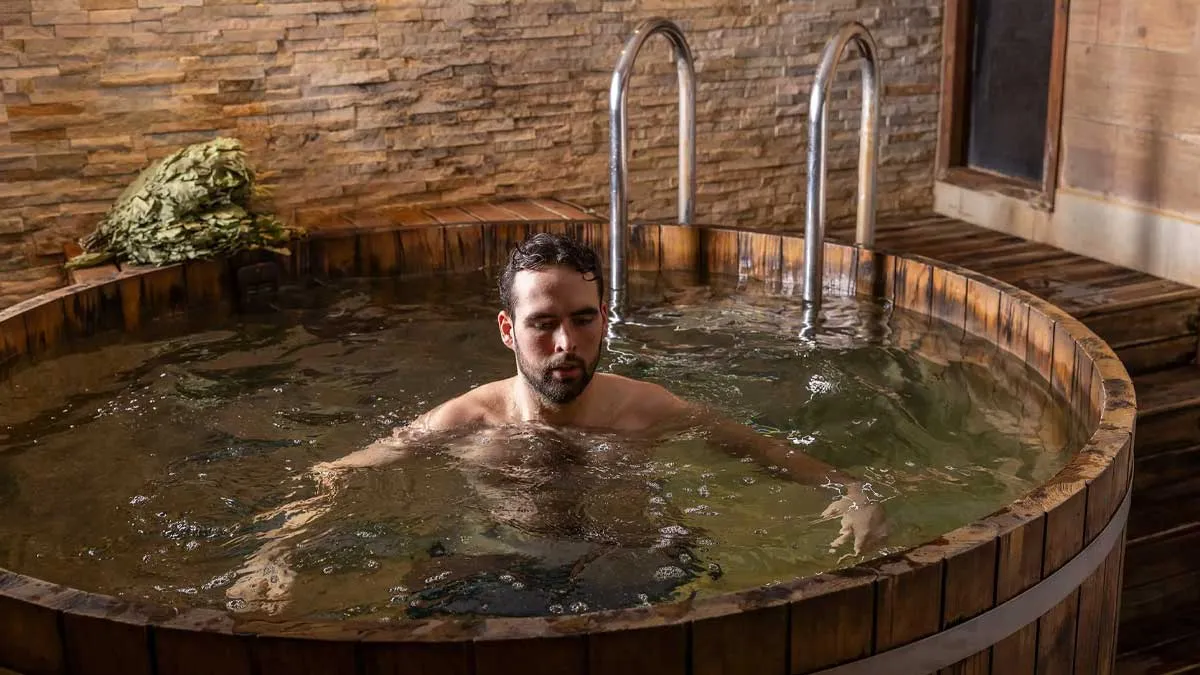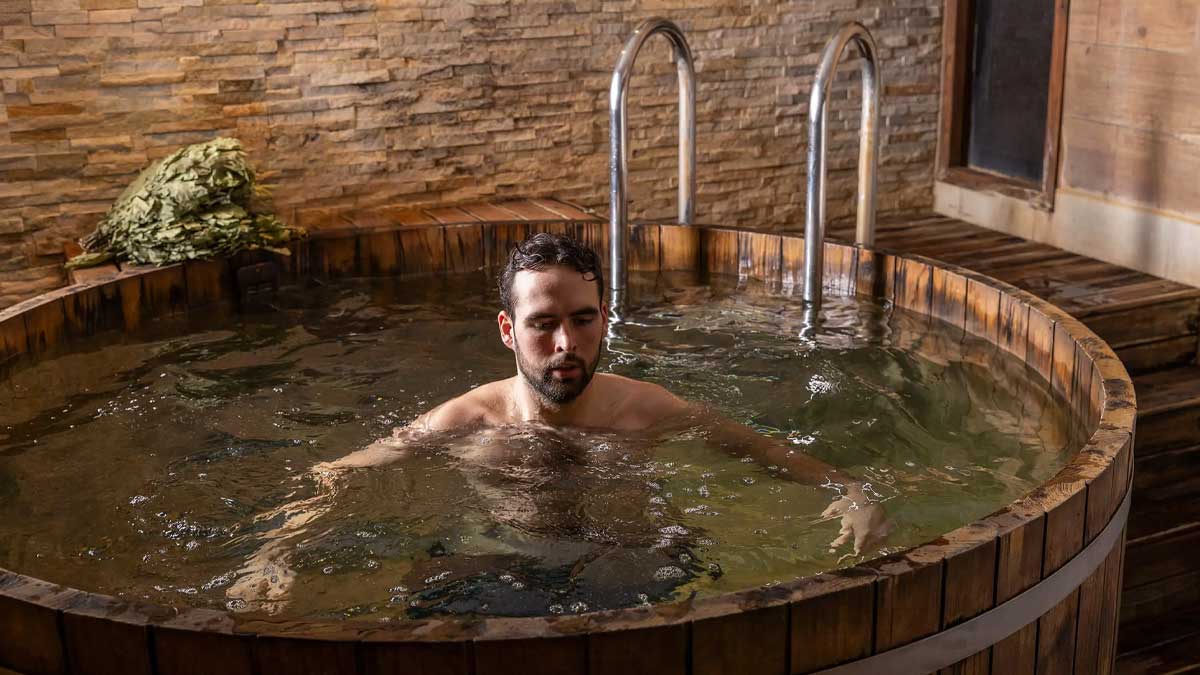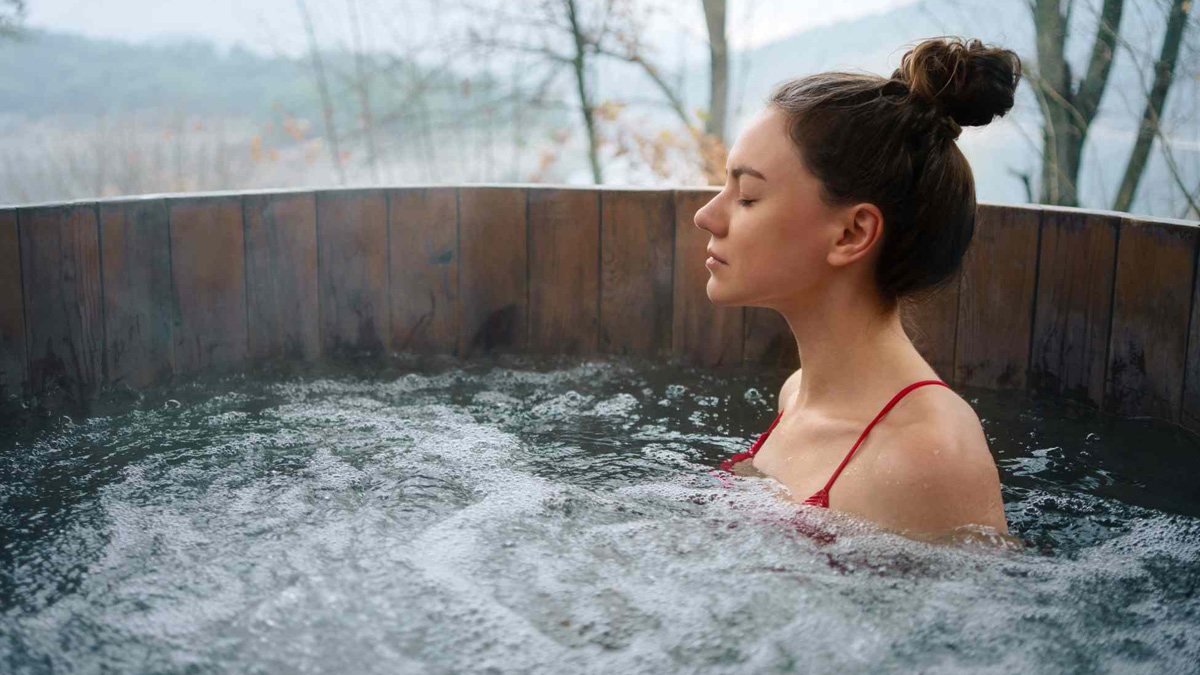
Recovery techniques play a pivotal role in athletic performance, and debates about the efficacy of hot baths versus cold plunges have dominated the fitness world. While ice baths are popular among influencers and athletes for post-workout recovery, emerging research suggests that hot water immersion might offer more benefits under specific circumstances. A recent study presented at the 2024 Integrative Physiology of Exercise Conference sheds light on this topic, highlighting how these methods impact athletic recovery and performance.
Table of Content:-
The Science Behind Recovery: Hot vs. Cold
When athletes engage in intense physical activity, their muscles experience micro-tears, an essential process for muscle growth and strengthening. Recovery strategies like hot and cold water immersion aim to mitigate soreness, promote healing, and enhance subsequent performance.
Hot water immersion increases blood flow to muscles, facilitating the removal of waste products and delivering nutrients that aid in repair. Conversely, cold water immersion constricts blood vessels, which can help reduce inflammation but may also tighten muscles. Both methods have their strengths, but their suitability depends on the situation and the individual athlete.

Hot Baths: A Boost for Performance
The recent study led by Mamoru Tsuyuki, a sports and health science researcher at Ritsumeikan University, revealed the advantages of hot water immersion, especially in scenarios where athletes need to perform multiple times within a short period, such as during halftimes in football or soccer.
In the study, ten young men performed high-intensity interval running for 50 minutes and then recovered in one of three ways: soaking in hot water (104°F), cold water (59°F), or no immersion at all. Afterward, participants were tested on their jumping ability. The results showed that athletes who soaked in hot water performed better in these post-recovery tests compared to those who used cold water or no immersion.
Also Read: Listeria Outbreak In US Linked To Ready-To-Eat Meat; Symptoms To Look Out For
The study suggests that increasing muscle temperature through hot baths enhances power output, potentially giving athletes an edge in the second half of a game or during double-session workouts.
When Cold Plunges Shine
Despite the promising findings for hot water, cold plunges are not without merit. Ice baths are particularly beneficial for reducing muscle soreness and managing injuries. For example, applying cold to sprains or inflamed areas can numb pain and limit swelling. However, for general recovery after a strenuous workout, cold water immersion may slow down the natural repair process by constricting blood vessels and reducing circulation to the muscles.

Dr. Aimee Layton, an applied physiology expert at Columbia University, explains that while cold water can provide immediate relief for inflammation, it might hinder recovery in non-injury scenarios. Athletes relying solely on cold baths post-workout might miss out on the benefits of improved circulation that hot water offers.
The Role of Personal Preference
The choice between hot and cold water immersion is not only about science but also personal comfort and mental state. David Putrino, director of rehabilitation innovation at Mount Sinai Health System, emphasizes the importance of individual response. Some athletes feel rejuvenated and energized after a cold plunge due to the release of endorphins, while others find the experience uncomfortable and counterproductive.
Also Read: Lindt Confirms Presence Of Heavy Metals In Chocolates: What Does It Mean For Your Health?
"If an athlete dreads an ice bath and tenses up, it defeats the purpose," Putrino notes. For these individuals, a hot soak might be the better option. Conversely, those who thrive on the invigorating effects of cold water may find it beneficial for their recovery routine.
Practical Guidelines for Recovery
Whether opting for a hot soak or a cold plunge, adhering to proper guidelines ensures the best results:
Hot Water Immersion
- Duration: 10 to 20 minutes
- Temperature: 98 to 104°F
Cold Water Immersion
- Duration: 10 to 15 minutes
- Temperature: 50 to 59°F
Bottomline
Ultimately, the choice between a hot bath and a cold plunge depends on the athlete's goals and preferences. If the aim is to boost performance in a subsequent session, hot water immersion appears to be the superior choice. On the other hand, cold plunges are effective for immediate pain relief and managing injuries.
Experts like Dr. Spencer Stein from NYU Grossman School of Medicine recommend experimenting to find what works best. Monitoring how your body responds to different recovery methods can help tailor a strategy that enhances your performance and minimises downtime. Whether you prefer the soothing warmth of a hot bath or the invigorating chill of a cold plunge, recovery is a personal journey. Finding the right balance is key to optimising athletic performance and staying at the top of your game.
Also watch this video
How we keep this article up to date:
We work with experts and keep a close eye on the latest in health and wellness. Whenever there is a new research or helpful information, we update our articles with accurate and useful advice.
Current Version